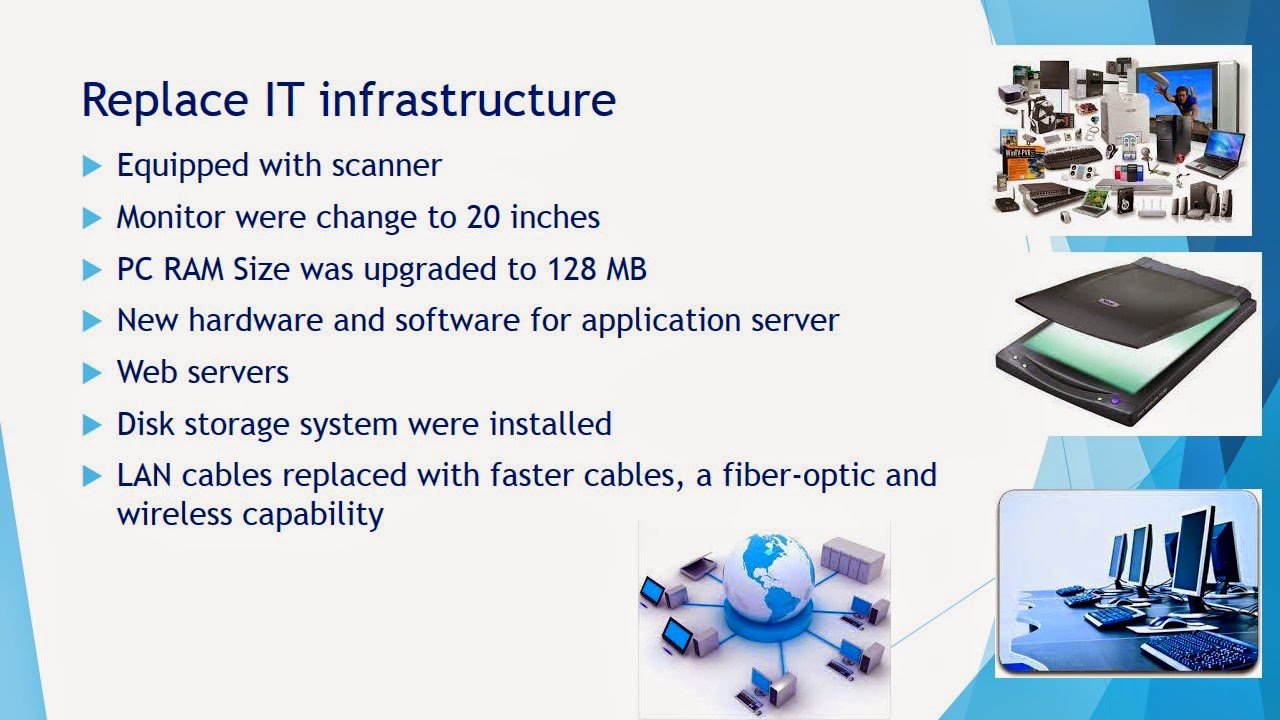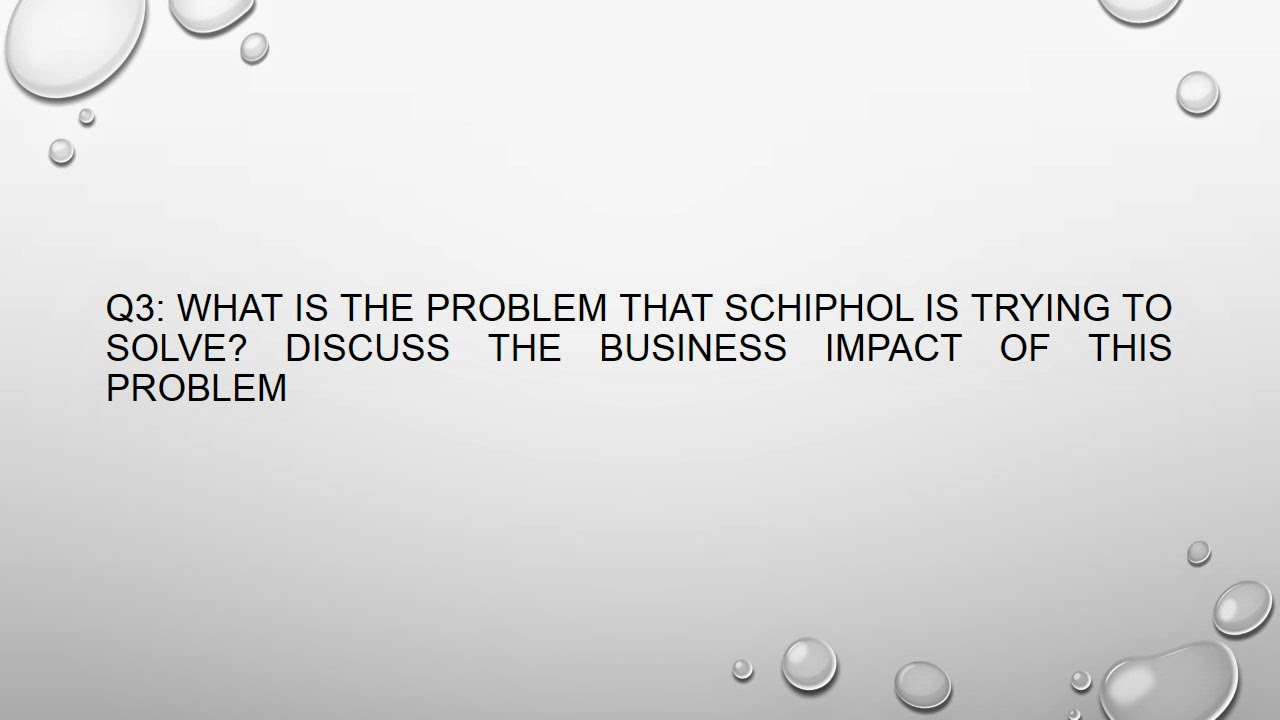Every inventor seems to think their invention is worth a million dollars, but I haven’t seen anyone pay that much for one yet. In fact, I often have to tell aspiring entrepreneurs that their inventions have zero value, at least not until they are put in the context of a business plan, with qualified people committed to executing the plan. Early-stage ideas fall in the same category.
Don’t get me wrong. I have the greatest respect for inventors and idea people who think outside the box to envision and create solutions never before seen. But I have also learned from experience that there is often quite a distance between a great invention and a great business. A business is about making money, while inventions are more about spending money.
Related: Eureka -- a New Product Idea! Now Ask These 5 Questions.
According to a Harvard Business Review article, many people in history, famous for their inventions, such as Thomas Edison, were entrepreneurs who only later were remembered as inventors of the products they commercialized. In fact, entrepreneurs will always tell you that the invention was the easy part, and building an innovative business was the real challenge.
Of course, it helps to have innovative technologies before you start building a business. In other words, inventions are necessary but not sufficient to create real value for investors and customers. So what do investors look for in qualifying you for that million dollars you need to take your invention from your garage to the market? Here are some reality checks you should apply:
1. It takes a business team to build a business. If you have been working alone, perfecting your idea, with no new business track record, your best strategy is to license the technology to a company or team with real business experience. You may get that million dollars someday in future royalty payments, but don’t expect anything today.
2. Commercialization requires infrastructure. Many great technology solutions, such as hydrogen engines for cars, look great on paper, but are extremely difficult to make into a business. The value is tied to infrastructure outside your control, such as a pervasive network of fuel stations, trained service facilities and new government regulations.
Related: 5 Things Investors Want to Know Before Signing a Check
3. You need a viable business model and customers. Investors expect proof that your invention can be manufactured in volume and can justify a sales price at least double the cost to a large customer set that has money to spend. I see too many technology solutions to world hunger, where constituencies don’t have money to sustain a business.
4. Take a hard look at the alternatives. Just because your technology is “cool” doesn’t mean that it solves a painful problem that customers are willing to pay for. People like to complain about global warming and the plastics pollution problem, but they may not be ready to buy alternative energy at twice the price, or change bad habits for global gain.
5. Lock in your sustainable advantage. Technology limited to a single product is seldom enough for a business. A long-term advantage usually also requires intellectual property, such as a patent, trade secret or trademark. Investors look for technologies that can spawn a family of products, rolled out over time, for continuous innovation.
6. Experts and market research agree you are first. Just because you haven’t heard of anything like your invention doesn’t mean you are ahead of the pack. Even a patent search won’t uncover work in progress that may be well ahead of you in the business cycle. Test your idea with experts, scientific journals and trade publications.
7. Truly disruptive technologies carry an extra burden. Investors realize that big changes in technology usually take a long time, several false starts, and more money than expected to commercialize. They, and most customers, really are quicker to adopt evolutionary rather than revolutionary products. Early adopters are not a big market.
Ultimately, you need to remember that customers buy solutions to problems from business people they trust -- they don’t buy technology from inventors. If you really want your invention to change the world, maybe it’s time to give it to a proven entrepreneur and split the ownership of a new company. The million dollars will come in due time.
Related: The 10 Must-Have Ingredients for a Successful Invention





























































